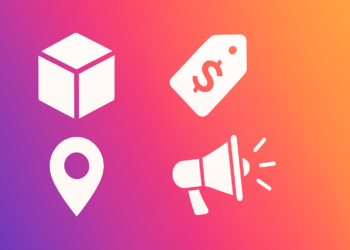Scarcity marketing leverages limited availability to spike consumer motivation. Urgency cues push shoppers to act before an opportunity vanishes.
Which on‑site message most directly signals product scarcity?
“Customers also bought” list
“Free returns available” badge
“Only 2 left in stock” notice
“Add to wishlist” option
2025 conversion benchmarks show that adding a countdown timer to a flash‑sale banner typically lifts click‑through rates by roughly:
40–50 percent
15–20 percent
1–3 percent
5–7 percent
A limited‑edition sneaker drop is most effective when the brand also:
Highlights free shipping only
Offers an indefinite preorder window
Announces a fixed release date and exact quantity
Shows influencer unboxing videos
Which psychological driver underpins ‘last‑chance’ email subject lines?
Fear of missing out (FOMO)
Effort justification
Price anchoring
Social proof
Travel sites often display ‘2 rooms left at this price’. The primary outcome marketers seek is:
Reducing bounce rate for new visitors
Improving brand recall
Shortening shoppers’ decision time
Increasing average order value
Which urgency colour is most frequently recommended for countdown timers in 2025 CRO guides?
Pastel blue
Forest green
Monochrome grey
Red or orange accents
Inventory‑linked urgency works best when the ‘items left’ number is:
High (e.g., 120+)
Exactly zero
Hidden from the viewer
Low but believable (e.g., 3–5)
In 2025, which tactic most e‑commerce platforms automatically suppress after stock replenishment?
User‑generated photos
Product ratings
Countdown timers that showed the sell‑out clock
Price comparisons
‘Early‑bird’ pricing is an urgency technique primarily tied to:
Bundling complementary products
Offering free upgrades
Launching a loyalty tier
Time‑limited discounts
When testing urgency copy, experts advise first varying the:
Footer navigation links
Font family of the headline
Deadline specificity (exact date or hours left)
Background pattern
Starter
You’re getting acquainted with scarcity tactics—keep observing limited‑time offers to see how they change behaviour.
Solid
Nice! You understand why countdowns and supply alerts work; now try testing time windows in your own funnels.
Expert
You’re a scarcity strategist—ready to fine‑tune urgency without eroding trust.
Mastering Scarcity & Urgency Interview Questions equips you to leverage limited-time offers effectively. Start with our consumer behaviour interview questions guide to understand how scarcity influences decisions. Then challenge yourself with the emotions in ads interview MCQs, sharpen your insights via the colour symbolism interview questions, and practice strategies using the sensory marketing question set. Working through these interview questions will prepare you to discuss urgency tactics with confidence.









